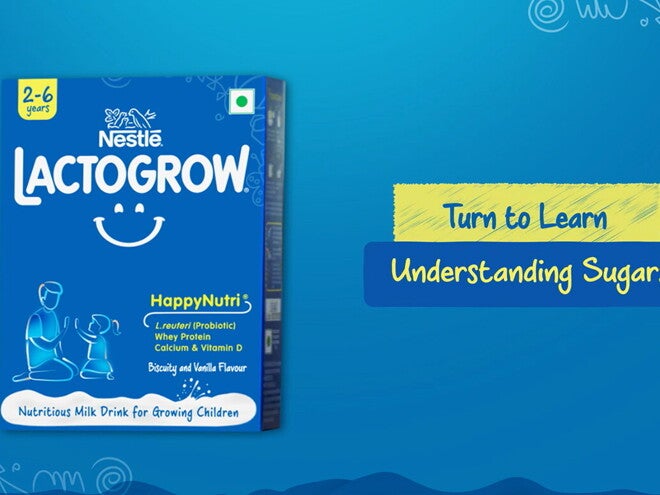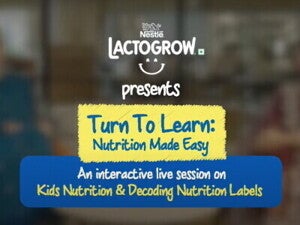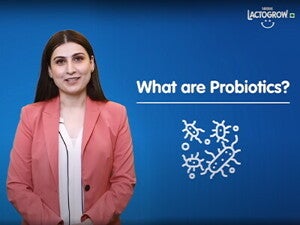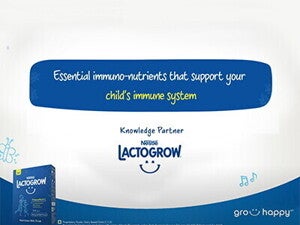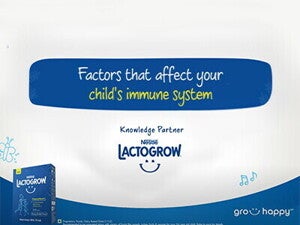Natural vs. Added Sugar: Understanding What's on Your Food Label
Kids love sweet treats, but not all sugars are the same!
Let's learn about the different kinds of sugars. On food packaging, total sugars are the cumulative amount, encompassing both natural sugars and added sugars. This means that when you see the "total sugars" listed, it accounts for sugars that occur naturally in ingredients like fruits and milk, as well as any sugars that have been intentionally added to enhance taste
Difference between Natural vs. Added Sugar
When we talk about simple carbohydrates, we often encounter the terms "natural sugars" and "added sugars". These two types are combined and labeled as "total sugars" on food packaging. Natural sugars are those that are inherently present in foods. For instance, milk naturally contains a sugar called lactose, and fruits are rich in fructose. These sugars are an integral part of the food's composition, occurring without human intervention.
In contrast, added sugars are ingredients like sucrose, jaggery, or honey that are intentionally introduced into products. The primary purpose of adding these sugars is to enhance the taste of the food items. While both natural and added sugars contribute to the total sugar content, understanding their origins can help in making informed dietary choices.
Watch the video to learn more about sugar.
Topics you may be interested in
Helpful Tools


